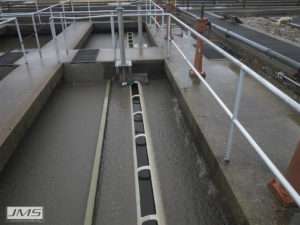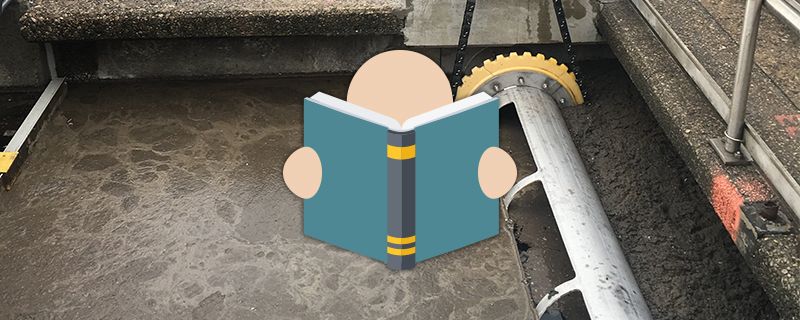Scum pipes represent one of the simplest and most economical ways to remove scum and other floating materials from the water surface in a municipal water or wastewater treatment plant. They typically operate intermittently from day to day, either manually or electronically, without much attention needed. Have you ever wondered if they should rotate in both directions? Perhaps not, but the rotation of a scum pipe in both directions is critical for it to perform as intended – to skim the scum off the surface of the water in the entire basin.
How Do Scum Pipes Work?
To answer this question, one should have basic knowledge of the flotation process over the length of the basin. In a common application, on entry into the basin, flocculated solids that have a density greater than water sink to the bottom and low-density materials (scum) floats to the top. Depending on the density of the scum they may rise rather quickly, or, they may take a longer time to reach the water surface. Some small particles with a specific gravity close to that of water may take the entire distance of the basin to get to the surface, therefore reaching the surface beyond (i.e. behind) the scum pipe. In this case, over time an accumulation of scum will occur on the water surface behind the scum pipe.

Should Scum Pipes Rotate in Both Directions?
Scum can also get behind the scum pipe if the water in the basin can drop below the scum pipe at any time. During this time scum will travel under the scum pipe towards the back of the basin. Then, when the water level is raised back to the normal operating condition, scum will have collected and be ‘trapped’ behind the scum pipe.
Scum pipes are generally mounted perpendicular to the flow at 1-3 feet from discharge end of the basin (in a rectangular clarifier). This placement maximizes capture of the scum and debris prior to exit of water from the tank.
So, not only can a scum pipe rotate in both directions, it should have that capability.
Rotation toward the front of the basin allows for entry of the scum from incoming flow moving toward the back of the basin. Rotation in the opposite direction, toward the back of the basin, will allow skimming of the scum that has accumulated behind the scum pipe. Many plants have a programmed or planned sequence for scum pipe operation which includes periodic forward and reverse rotation of the scum pipe.
So in summary, whether controlled manually by a hand wheel or a lever, or controlled electronically by a reversing actuator, a scum pipe should rotate in both directions. It can be rotated based on visual need, or on a predetermined sequence for optimum scum removal for that basin’s particular process. Your scum pipe supplier can work with you to determine the right control mechanisms and sequence to suit your plant’s needs.
Jim Brettman has been with JMS for 9 years and serves on the sales side of the business as a Sr. Application Engineer focusing on the JMS Delta-SEPARATION. He has a BS in Civil Engineering from the University of Tennessee and worked in various positions with Exxon Co. for 12 years. After locating to Charlotte, Jim ran his own business for seven years as a rep for industrial wastewater treatment equipment and systems. Jim is proud to have worked closely with Dave Myers in closing the largest single sale by JMS to date, the Boston Deer Island Delta-SKIMMER (scum pipe) project. Jim says, “I thoroughly enjoy working with a Company that embodies integrity, quality, and service as its mantra, and working with our Reps to increase the sales of JMS products.”

